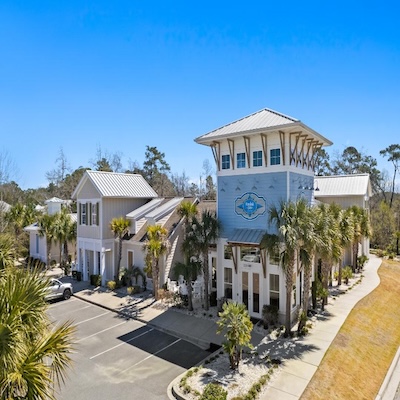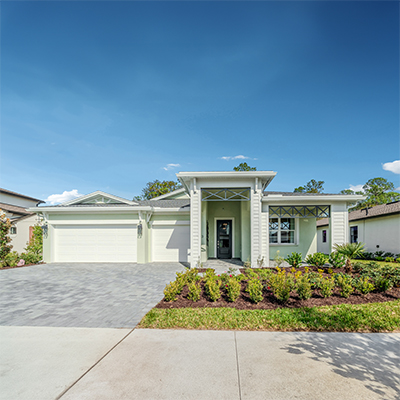Montana Retirement Guide
Overall
Montana is the western state which many outdoors oriented active adults over 55 plan on retiring. This is your guide to the state and the best places to retire in Montana. It offers a varied climate, some of the greatest scenery in the world, and unlimited recreation opportunities. Montana can be less expensive than states on the west coast. It is somewhat remote with long distances to any big city (Spokane is the closest at 200 miles away). The Montana Rockies and Bitterroot Mountains run through the state. This site will acquaint you with some basic facts about what it’s like to retire in Montana. The population was at almost 1.1 million in 2018 with a median age of 39.8 (2.4 years above the national median). The percentage of people over 65 is 17.8%. Updated June 2019.

A resort in Big Sky, Montana
Climate
The Montana climate is characterized as steppe, a higher altitude climate. There is generally plenty of sunshine, low humidity, mild summer and severe temperatures in winter. Summers can be hot except in the mountains which tend to be cooler than at lower altitudes.
The Economy and Real Estate Prices
In 2017 the median Montana household income was at $50,801, about $3000 above the national median. Real estate and the general cost of living (33rd) is about average compared to the total U.S. The Montana median home value has steadily increased in recent years to $237,500 in mid 2019 (Zillow). In Bozeman, a very hot market, the Zillow Home Value Index was $439,300 whereas in Billings it was $235,900. Unemployment is lower than the national average. The Forest Service, natural resources, agriculture, and tourism are important to Montana’ s economy.
Taxes
Tax Burden: With a tax burden of 8.7%, Montana has the 38th highest tax burden in the U.S. (Tax Foundation). It is one of the few states with no sales tax.
Marginal Income Tax Rates. Montana’s marginal income tax rates increases very steeply from 1% to 6.9% at $17,400 (single or couple).
Retirement Income Exemptions. Montana does not exempt federal, state, or local pensions from state income tax, although there are some minor exemptions for people with lower incomes. There is a pension and annuity exemption of $3600 per individual.
Social security exemption. Montana taxes social security income.
Sales Tax: Montana has no sales tax.
Property Taxes: All residential properties receive a 34% exemption if it’s filed for. The residences of same disabled residents and some spouses of deceased veterans are exempt from taxation. Annual per-capita property taxes were $1465 in 2018, or 0.83% of the home value, ranked 30th highest in the country.
Homestead Exemption. There are some modest exemptions in Montana for residents and low income individuals.
Estate and/or Inheritance Taxes. There is no inheritance or estate tax.
Link to Montana Department of Revenue
Certified Retirement Communities
Montana does not have a certified retirement community program.
Best retirement communities
Montana tends to be very mountainous. Several cities and towns in Montana are popular as retirement communities, particularly places like Whitefish or Bozeman. Missoula is a college town where the University of Montana makes a vital presence. Helena is another interesting town. Many wealthy people are interested in buying ranches in Montana, which has tended to drive up the cost of ranch land. This MarketWatch article has some good info on retiring in Montana.
Find more helpful information on more than 50 different state and country retirement guides. Or, go here for helpful resources on what it is like to retire in Idaho Oregon , Washington ,or California.

